The Ultimate Spring Garden Maintenance Checklist
It’s finally Spring! The birds are singing, the sun is shining, and the garden is begging for some attention after entirely too many months of frost and neglect! Well that’s where we come in! Today we are going to explore our favourite tips on how to get your garden in ship-shape for the coming seasons!
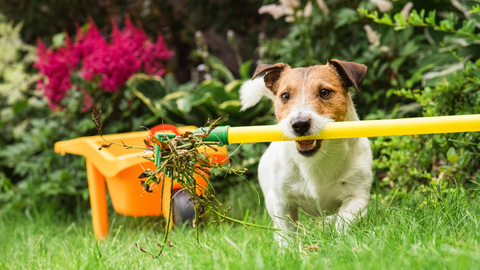
START SEEDS INDOORS
If you live in a chillier climate then starting your seeds indoors under a grow lamp (or near an area that receives plenty of natural light) is essential! By starting your seeds ahead of the last frost you can extend your growing season by weeks and in turn exponentially expand the variety of plants that you can grow!
The type of plant that you choose to grow will vary depending on where you live in Canada or the United States, certain herbs and vegetables take significantly longer (shout out to certain types of Asparagus taking up to six years to grow from seeds!) to cultivate and this could benefit from the additional time indoors!
Once your seeds are reaching for the skies and you are certain that the final frost has passed then it’s time to transplant your seeds outdoors! This is especially easy if you are planting in a Cedar Planters raised garden bed or planter box as they buy you a little more time with their high quality Western Red Cedar design, this beautiful wood helps to insulate your plants against cold weather and thus adds an extra level of protection from those pesky and unpredictable Spring cold spells!
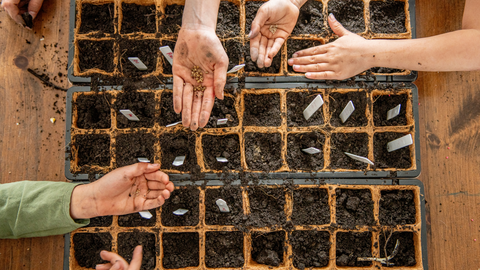
SPRING CLEAN
Tidying up is a very divisive task, some gardeners love it and some gardeners hate it, but at the end of the day it is an essential part of the new season garden process!
Before you “dig in” to this season’s planting you will want to tackle any weeds that have survived the Winter as weeds will deplete your plants of essential nutrients and thus jeopardize their chances of success.
You will also want to prune your shrubs and Perennials to encourage new growth, ensure that your garden tools and accessories are sharp and clean, and carefully rake and tidy up any leaves and brush that are on your property (while remaining extra mindful of hibernating critters that might be startled to see you!).
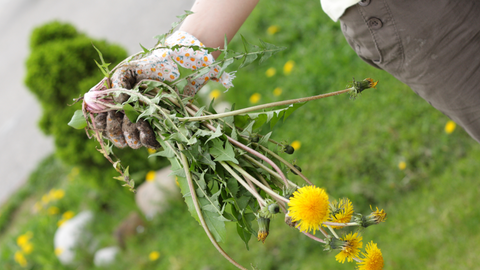
DOUBLE CHECK YOUR WATER SUPPLY
Understanding how far your hose can reach on your property and also understanding which water main outlets you have available is essential to your garden success! Watering with a watering can is all well and good but if you have a large lawn it is going to be substantially more effective to water your grass and certain plants with a sprinkler/automatic watering system!
If you stored your hose and other watering devices efficiently during the Winter months then hopefully they will be as good as new and ready to simply be connected and start watering your plants straight away!
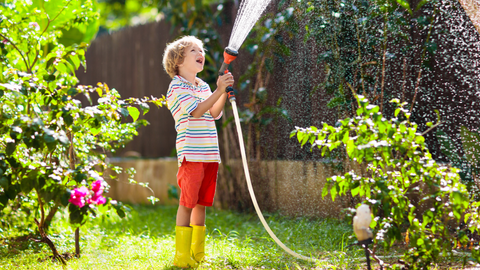
FEED YOUR SOIL
Some gardeners will argue that feeding our garden soil is not necessarily essential, but we would argue that if you have the time and the budget for it there is absolutely no harm in doing so! Feeding the soil with organic matter increases nutrients and helps the soil to retain moisture (meaning less watering!), it also helps to improve the structure of the soil!
Feeding your soil doesn’t have to break the bank, you can use organic compost from your own household (coffee grounds and vegetable peels make the perfect addition!) to add essential nutrients to your garden as well as leaf and grass clippings to bulk it up (basically any organic material will do)! If you don’t have a compost bin then don’t fret! You can start a compost pile in a designated area of your garden, just be sure to keep an eye on it to keep critters and pests at bay!

FILL BIRD FEEDERS
Encouraging avian visitors to your garden is not only a wonderful hobby in its own right, but did you know that birds are also incredibly effective pollinators as well as helping keep pests at bay, providing a natural fertilizer rich in nitrogen and phosphorus with their feces, and in some cases they even eat the weed seeds that you would have otherwise had to painstakingly dig up!
Filling bird feeders with a tasty seed blend filled with sunflower seeds, millet, flax , and peanuts is a great place to start! We would recommend avoiding Suet in your bird feeder during the warmer months as the heat can cause it to take on a gooey consistency which is not only rancid but can also stick to birds feathers and impede their flight!
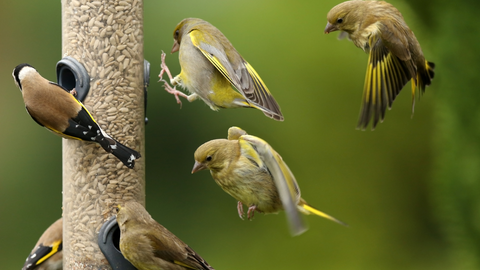
TAKE COVER (LITERALLY!) IF NECESSARY
Investing in a greenhouse cover for your raised garden bed or planter box is a fantastic idea for a plethora of reasons, namely the extension of the growing season and the protection from pests and weather!
If you are excited to start planting your seedlings outdoors but are having some (totally valid) concerns about whether or not your plant babies can handle some inclement weather, then a greenhouse cover is the perfect solution to put your concerns to rest! The seeds that you started indoors will be safe and warm!
The other benefit to adding a greenhouse cover to your raised garden bed or planter box is that with the protection from weather combined with the built-in drainage system you will never have to worry about whether or not your soil is retaining too much water!
BUILD YOUR TOOLKIT
If you are looking to improve your garden tool arsenal then look no further than the incredible selection of garden tools and garden accessories available from Cedar Planters! From Hori Hori Knives to grow bags and everything in between we have you covered to put your best gardening foot forward this season!
We hope that this checklist has given you a few tips and insights on how to start your garden season as efficiently as possible! We are confident that if you start out by following this list you will truly be set up for success and we can’t wait to see what you grow in your raised beds in the coming months!






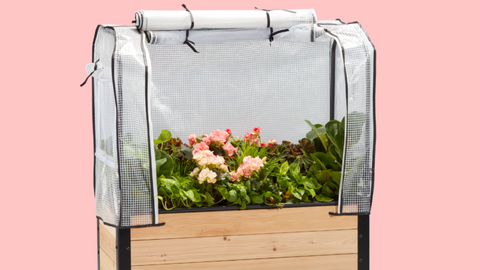
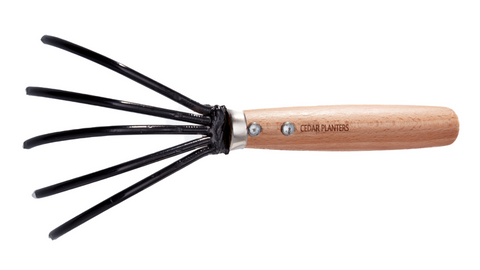



Good morning! we have just set up the planters purchased last winter. From the bottom up, how do you recommend filling them? Stones/cans on the bottom for drainage then soil? Do you recommend staining them as I thought cedar does not rot. Thank you.
———
Cedar Planters replied:
Hi Marion, Great questions! We recommend avoiding heavy fillers like bricks or stones—using the cardboard packaging (with plastic/tape removed) works well at the base. Or just fill with soil as usual; drainage will still work and thriving plants will be enjoyed. No need to stain the cedar—it’s naturally rot-resistant, you are correct. But if you’d like to maintain its aesthetic look, you can apply the Osmo UV Oil Stain from our website. Happy Planting!
Leave a comment